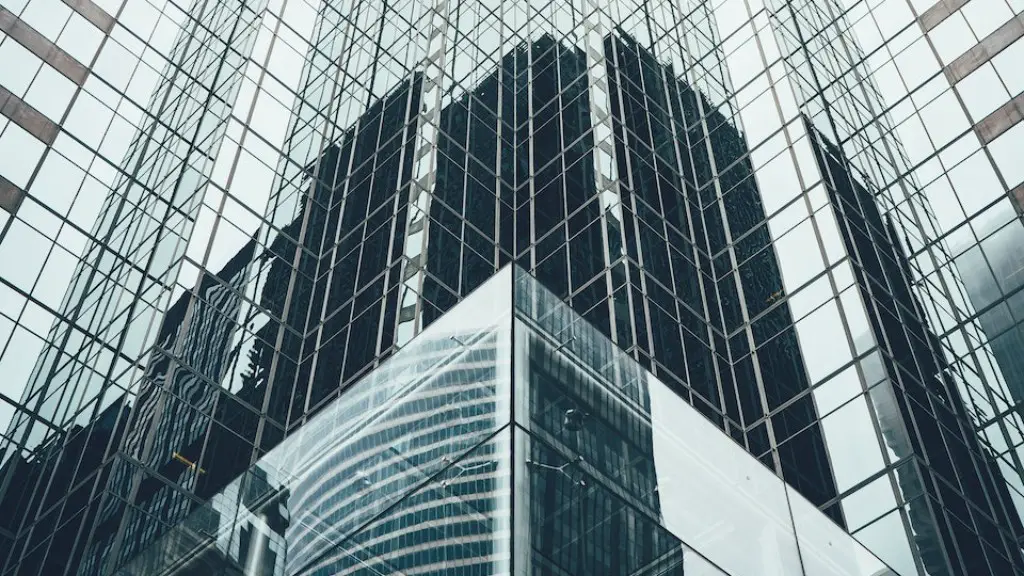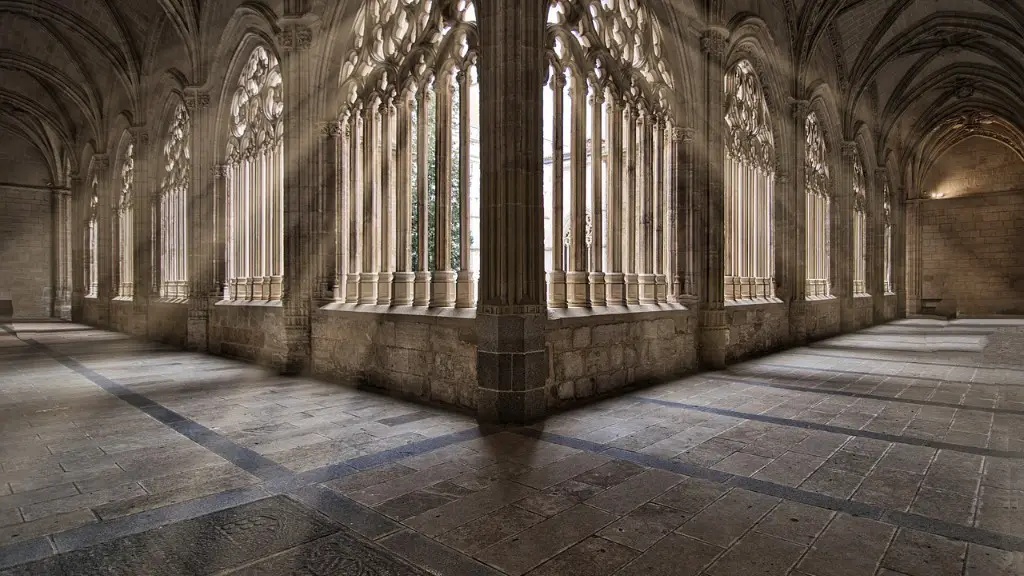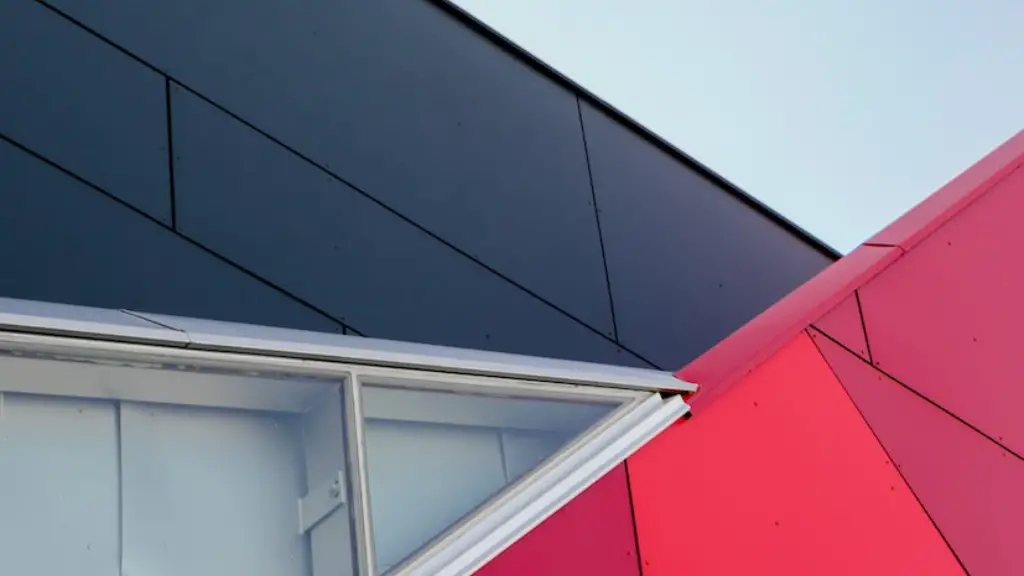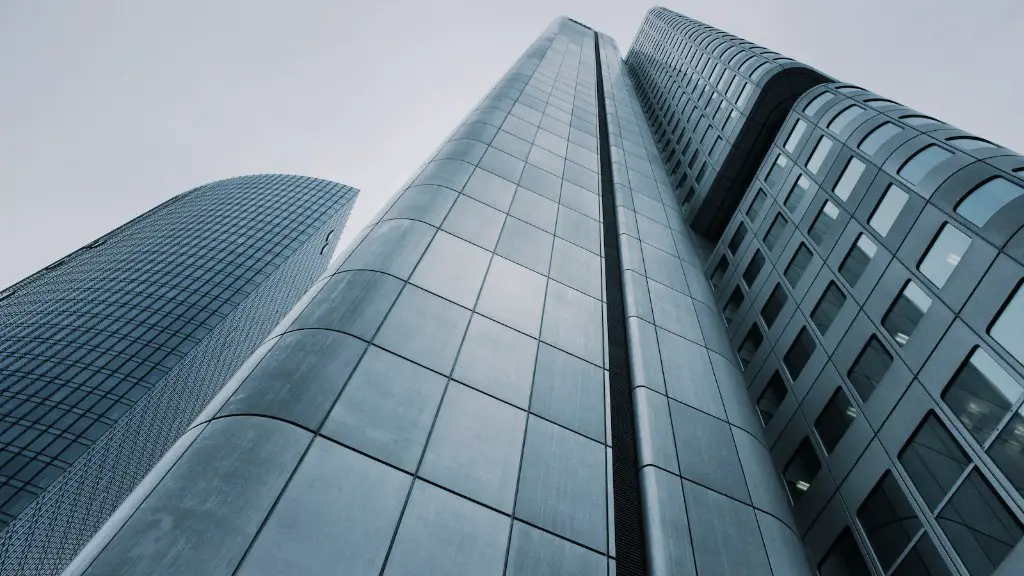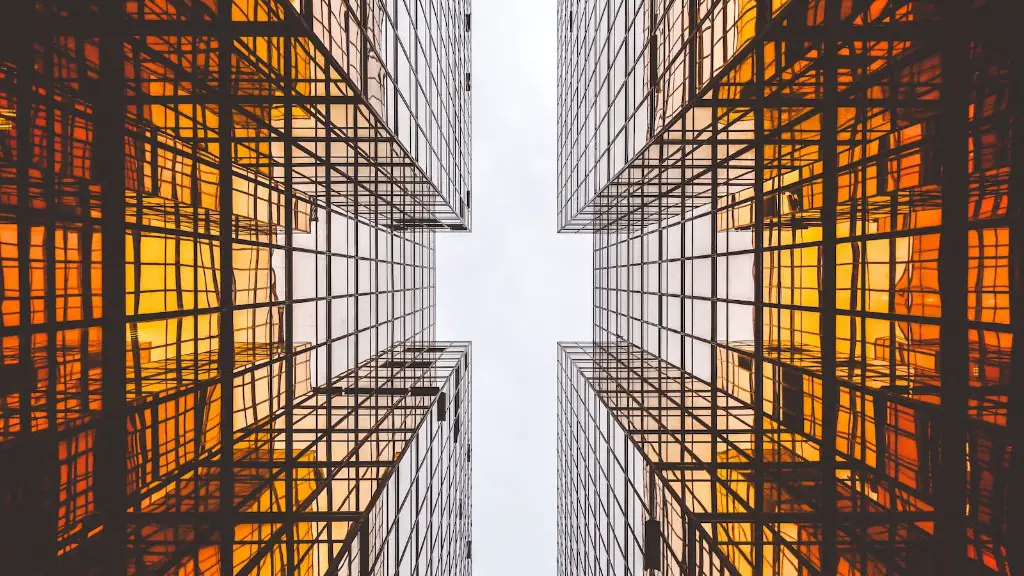In order to take good pictures of architecture, it is important to have a basic understanding of composition, lighting, and perspective. Start by finding an interesting subject to photograph, and then use these three elements to create a well-balanced and visually appealing image.
Use a tripod whenever possible to avoid blurring. Set up your tripod and camera in front of the building, making sure that the camera is level. If you are using a digital camera, take a few practice shots to get the feel of the shutter release. For most buildings, you will want to use a moderate wide-angle lens to get the entire building in the frame. If you are using a point and shoot camera, zoom in as much as possible. If you are using a DSLR, attach a lens in the range of 18-55mm.
To avoid distortion, stand back far enough from the building so that it appears straight in the photo, with the vertical and horizontal lines parallel to the edges of the frame. If you are using a point and shoot camera, position yourself so that the building fills the frame. If you are using a DSLR, you may want to use a tilt-shift lens to control the perspective.
Expose for the highlights, which will usually be the sky. If the sky is pale, underexpose by one stop. If the sky is very bright, underexpose by two stops. If you are using a point and shoot camera, select the “landscape” setting.
What camera settings for architectural photography?
If you want to keep your image of a building crystal clear, use a low ISO and aim for an aperture between f/8 and f/14. A low ISO will minimize noise and a narrow aperture will keep a deep depth of field.
1. Find interesting architecture: Look for interesting buildings and structures to photograph.
2. Shoot from different perspectives: Get different angles and viewpoints of the architecture.
3. Shoot interiors: Don’t just focus on the exterior of the building, but also look for interesting interior shots.
4. Use leading lines: Look for lines that lead the eye into the photo, such as roads, walkways, or railings.
5. Look for symmetry: Symmetrical shots can often be very pleasing to the eye.
6. Fix perspective problems: If a building looks skewed in your photo, use editing software to fix it.
7. Capture small details: Look for small details that make the architecture unique.
8. Create abstracts: Use your imagination to create interesting abstract shots of architecture.
9. Use light and shadows: Play with light and shadows to create more interesting photos.
10. Be creative: Use your creativity to come up with unique ways to photograph architecture.
What angle is architectural photography
When it comes to architectural photography, a wide angle, fish eye or ultra-wide angle lens is the best option. These types of lenses allow you to get a dramatic composition, and provides you with the ability to fit the entire frame of the building into one shot.
Abstract architecture photography can be created by focusing on a single detail, or by filling the entire frame with a large building. Interiors can also be captured by going inside the building and shooting.
What is the 3/4 rule in photography?
The rule of thirds is a guideline that helps you compose your images in a way that is pleasing to the eye. It suggests that you place your subject in the left or right third of your image, leaving the other two thirds more open. This can help create a more balanced and visually appealing image.
When you start trying to solve problems and really want to learn how to photograph architecture, the 24mm is the best lens to use. It is also safer for beginners than a really wide-angle lens, which can cause distortion. When I need that focal length, the 24mm is perfect, with close to no distortion, which is great.
What app do most architects use?
Construction Master Pro is a handy app for construction professionals that includes a plethora of features like a construction calculator, a materials list manager, and a construction project management tool.
Adobe Creative Cloud is a must-have for any creative professional. It includes apps like Photoshop, Illustrator, and Premiere Pro, which are essential for graphic design, photo editing, and video editing.
ARki is an AR app that allows you to see how furniture and other objects would look in your space before you buy them. This is a great tool for interior designers and home decorators.
Matterport is a 3D scan app that allows you to create realistic 3D models of spaces. This is a great tool for architects and interior designers who want to create detailed models of their projects.
Sunseeker is an app that allows you to find the best solar panels for your home. This is a great tool for people who are looking to go solar.
ArchiMaps is a handy app for architects that includes a huge database of architectural drawings. This is a great tool for architects who need to find drawings for their projects.
Behance is a great portfolio app for any creative professional. It allows you to showcase your work to the
If you’re looking to improve your architecture photography, here are 10 tips to get you started:
1. Select the right orientation: vertically for tall buildings, and horizontally for wide ones.
2. Try different perspectives: get close to the subject, or shoot from a distance.
3. Try shooting at different times of the day: the light can change the look of a building dramatically.
4. Step inside the building: sometimes the best shots are from within.
5. Emphasize the details: close-ups of interesting features can make for great photos.
6. Include living beings for scale: it can help give a sense of the size of the architecture.
7. Look for lines and shapes: these can add interest and contrast to a photo.
8. Take the time to frame your shots: consider the composition before taking the picture.
9. Use editing tools to improve your photos: there are a number of apps that can help.
10. Share your photos: once you’ve got some great shots, don’t forget to share them!
What app do architects use to design
There are a variety of apps available for architects, depending on their needs and preferences. Some popular apps include AutoCAD Mobile, Morpholio Trace Pro, ARki, ArchiSnapper, 5 MagicPlan, Shapr3D, ArchiMaps, and SketchUp. All of these apps offer different features and benefits that can be helpful for architects in their work.
For The One Photo Challenge, the task is to capture a single photograph that tells a powerful story about architecture. A compelling story does not always have to be about the most “iconic” or flashy buildings. Sometimes, regular buildings can do a better job at conveying a narrative.
What is the main concern in architectural photography?
An Architectural Photographer is someone who specializes in the photography of buildings and other structures. Their work often highlights the design of these structures, including patterns and other design aesthetics.
When taking iPhone photos, consider incorporating some or all of the following 10 elements of design:
1. Shapes: Geometric shapes are very pleasing to the eye, and they help you to create bold and striking compositions.
2. Lines: Curves & spirals add interest and can lead the eye through the photo.
3. Angles: Try incorporating different angles into your photos for added interest.
4. Symmetry: Symmetrical compositions are pleasing to the eye and can be very striking.
5. Color: Use color contrast to add interest and drama to your photos.
6. Pattern: Repetition of shapes, lines, or colors can create pleasing patterns in your photos.
7. Texture: Look for interesting textures to add depth and dimension to your photos.
8. Lighting: Use natural light or artificial light to create desired effects in your photos.
9. Perspective: Use different perspectives to create unique effects in your photos.
10. frames: Use frames within your photos to draw attention to specific elements or to create a sense of depth.
Do I need a tripod for architectural photography
A tripod is an important tool for architecture photography, as it allows you to slow down your shutter speed while still keeping a sharp aperture. This allows you to capture all the details of a scene without blurring.
However, If you are shooting people, the timing of your shoot is less important than the quality of the light. midday sun can produce some of the most beautiful, natural-looking pictures, as long as you don’t have your subjects squinting into the sun. backlit portraits can also be stunning. So, don’t be afraid to experiment with different times of day to see what works best for you and your subjects.
What are the 4 steps to photography workflow?
Every photographer has a workflow that they follow when they are out taking photos. This typically includes preparing their gear, setting up, capturing images, organizing and sorting photos, backing up images, and editing photos.
In order to create powerful and compelling photographs, you must first have a clear vision of what you want to convey. This means being able to see clearly in your mind’s eye what it is you want to capture. Once you have a clear vision, you can then begin to be creative with your composition, lighting and other elements to bring your vision to life. And finally, you must have the ability to conceive of your photos before you even take them, seeing in your mind’s eye the finished product before you even press the shutter button. These are the five essential elements of photographic vision.
Conclusion
There are many ways to take pictures of architecture. One way is to use a tripod and take long exposure shots. Another way is to use a wide angle lens to get a lot of the building in the frame. You can also get close to the building and use a wide aperture to make the building stand out from the background.
In conclusion, to take pictures of architecture, you will need a camera with a good zoom lens, a tripod, and patience. You will also need to be familiar with the rule of thirds and leading lines. By following these guidelines, you can capture beautiful and awe-inspiring photos of architecture.
